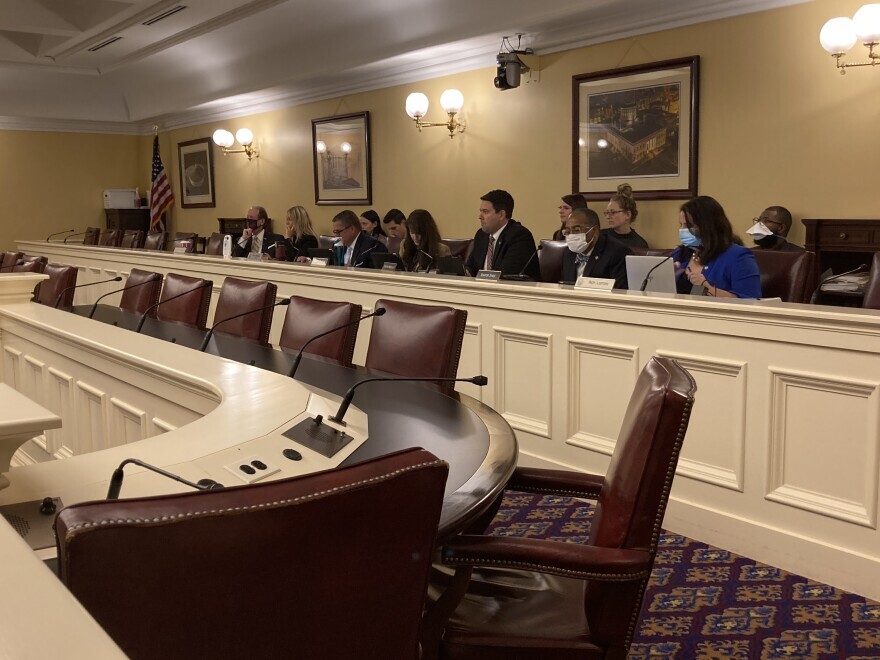Ohio’s process for drawing a new congressional map enters a new phase this week, with two constitutionally-required meetings of a joint committee in the rearview mirror and only faint hopes of any bipartisan compromise remaining.
Committee members met last week to hear public testimony on four proposed maps for Ohio’s congressional districts: two from House and Senate Republicans, and two from House and Senate Democrats. Both of the GOP-backed maps had only two districts that experts consider strongly Democratic, with the others being strongly Republican or leaning Republican.
With Republicans holding supermajorities in both chambers, there’s essentially no chance of the Democrat-backed maps gaining any traction.
That means even though Ohio voters in 2018 overwhelmingly approved reforms to the process that were meant to make it more bipartisan, Ohio will likely once again have a gerrymandered Congressional map that disproportionately favors Republicans.
Under the voter-approved process, Ohio’s new redistricting commission got the first crack at drawing a new congressional map. But the group never even met before last month’s deadline, essentially punting the job to lawmakers.
The commission approved new maps for Ohio’s new legislative districts in September. However, because the two Democratic members of the seven-person commission did not approve the maps so they will only be in place for four years instead of the standard 10 years.
Republicans defend their proposed congressional maps as constitutional. They contend they meet all the stipulations of the 2018 reforms, which limit how many times cities and counties can be split into different districts. They also many of the districts are competitive, even though they favor Republicans.
In last Friday’s joint committee meeting, Sen. Rob McColley (R-Napoleon) argued for the map proposed by the Senate Republican caucus. He said their plan sticks to an equal number of votes per district and avoids putting Congressional incumbents in the same districts.
McColley made this point in contrast to a map proposed by Ohio Citizens Redistricting Commission, a private group, which puts several Congressional incumbents in the same district.
Richard Gunther, Ohio State University professor emeritus of political science, is a member of Ohio Citizens Redistricting Commission. He said the reason their map puts so many incumbents in the same district is a result of undoing the current Congressional map where Republicans hold 12 of the 16 districts.
"What you're arguing is, in ordered to protect people who were elected according to a gerrymandered map, we have to respect that in perpetuity. At what point do we actually move to reflecting the preferences the voters of Ohio?" Gunther said.
The joint committee's meeting on Friday appeared to be its last until further notice. Advocates and Democratic lawmakers are concerned the next step will happen outside of the public eye.
The Ohio Constitution requires lawmakers to have a new congressional map approved by November 30.



